This early cherry variety program is celebrating 15 years since the beginning of selection, with a special focus on post-harvest and quality of these varieties to reach markets with high quality for consumers. Below is a brief summary of the progress in Europe and Chile, where we have the most experience to date.
Evaluations in Europe
Meda™ cherry varieties have been evaluated in Europe for four seasons now. These have been established in trials at more than 20 test sites to validate this genetic program. Three Meda™ variety field days have been held, the last one being in June 2024 (Fig. 1), attended by technicians and businesspeople from several European and non-EU countries.
This was carried out at the FruitMasters experimental field in the Netherlands, where we are evaluating some 12 early varieties, along with other varieties from around the world, says Alejandro Navarro, Director and CEO of International Variety Unlimited LLC (www.medacherry.com).
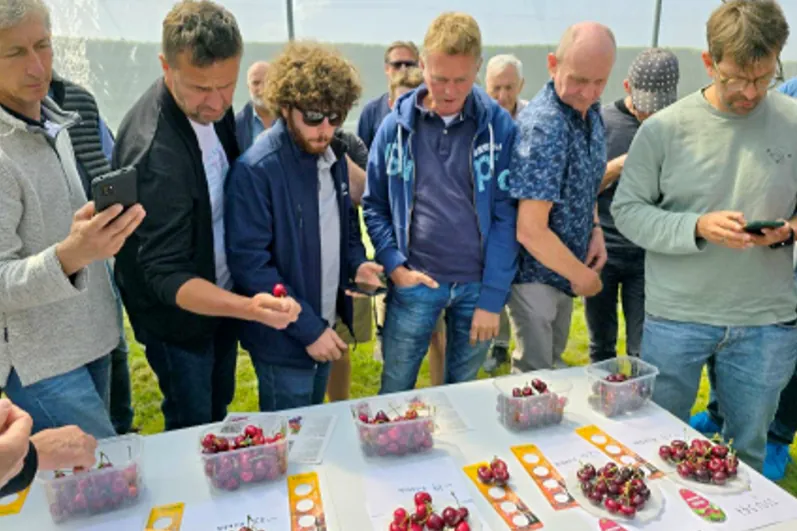 Fig.1. Field Day at Fruitmasters in Netherlands, June 2024
Fig.1. Field Day at Fruitmasters in Netherlands, June 2024
What makes these varieties interesting in Europe is that they have fruit of similar quality to Kordia, but are harvested earlier, ranging from 20 to 10 days earlier than Kordia (Fig. 2), where early varieties usually lack quality, since selections prioritize early harvest as the main attribute, says Sjaak Walraven, technician and cherry specialist at Fleuren Nursery.
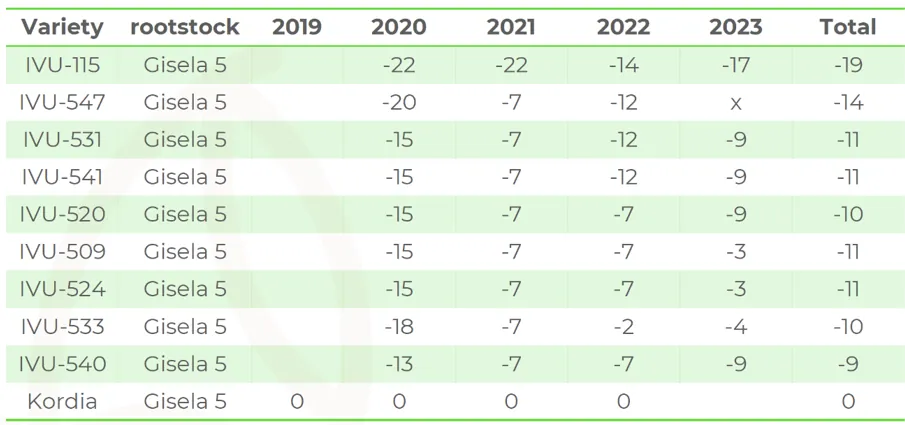 Fig. 2. Average harvest dates over 4 seasons in the Netherlands
Fig. 2. Average harvest dates over 4 seasons in the Netherlands
We have generated the most information in recent years in Spain and the Netherlands, and this season we will have our first productions in Greece, Italy, France, England, Norway, Sweden, Hungary, and Slovakia, allowing us to better validate these varieties in different parts of Europe.
Promising Meda™ varieties
Sjaak Walraven comments that the most promising varieties at the moment are the following:
- IVU-115® Meda Rex (Fig. 3): early window; Burlat season, three weeks before Kordia (81% > 28 mm).
- IVU 548 Meda Fox: early; 2 weeks earlier than Kordia; healthy tree (85% > 28 mm)
- IVU-509® Meda Dragon (Fig. 4): large cherry; 1 week earlier than Kordia; healthy tree (100% > 28 mm)
- IVU-524® Meda Tiger: large cherry; 1 week earlier than Kordia; for dry climates! (99% > 28mm)
- IVU 104® Meda Bull (Fig 6): large cherry; 1 week earlier than Kordia; very good postharvest (95% > 28 mm)
- IVU-533® Meda Taurus: bright fruit in warm climates; 1 week earlier than Kordia; very healthy tree (98% > 28 mm)
We have applied protection to six varieties. All of these materials were introduced to Naktuinbouw in the Netherlands and are now virus-free. UPOV registration was applied for in Europe in 2024.
 Fig. 3. Meda™ Rex variety (IVU 115)
Fig. 3. Meda™ Rex variety (IVU 115)
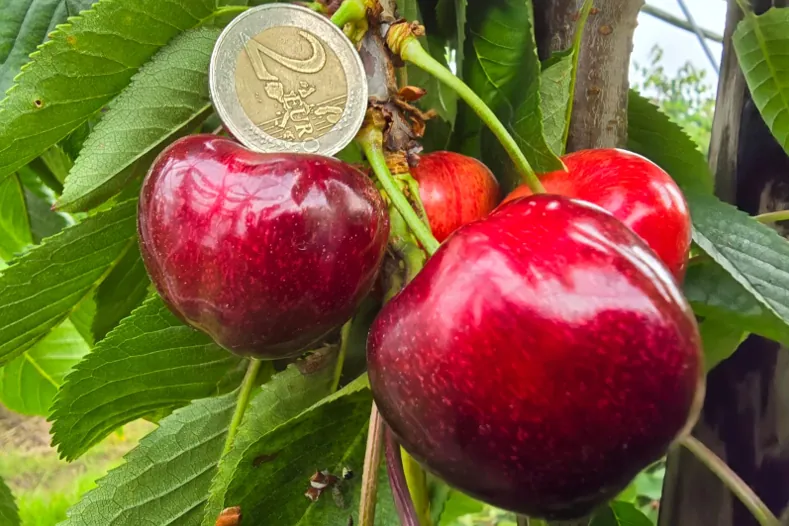 Fig. 4 Meda™ Dragon (IVU-509®) on June 7 in the Netherlands
Fig. 4 Meda™ Dragon (IVU-509®) on June 7 in the Netherlands
Ronald Vermeulen, international cherry technician and consultant, comments that at the FruitMasters testing facility, they evaluate new varieties to determine their market value. We seek to find varieties of similar or better quality than Kordia, before or after it.
The reason is that Kordia and Regina are the best on the market, and consumers appreciate them for their quality. The Dutch early fruit market is dominated by early imports from Turkey, Spain, Italy, and Greece, so competing with these fruits requires high-quality varieties.
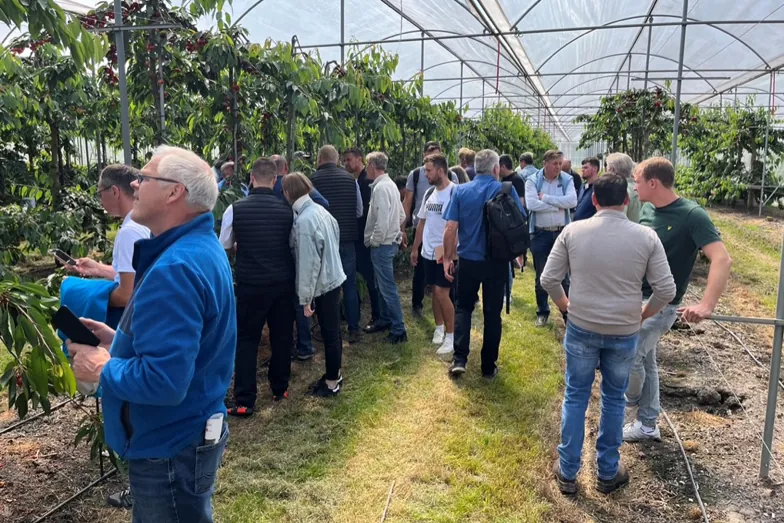 Fig. 5. FruitMasters experimental field, year 2024
Fig. 5. FruitMasters experimental field, year 2024
Collaboration and innovation
Navarro indicates that in Europe, we are working with the Fleuren Nursery in Netherlands and Innovation Fruit in Italy. We have been working with the latter company for 20 years in Chile with their yellow kiwis (Dori) and other varieties managed by Giampaolo Dal Pane.
Today, Giampaolo works with us in Europe, as he is familiar with these varieties due to their proximity to Chile. These varieties surprised me from the start, indicates Dal Pane. Their sizes and firmness are impressive, and they are all very early.
But what I saw at Fruitlogistica in 2024 was incredible (Fig. 6). A variety like Meda™ Bull was harvested 70 days early and all had green pedicels, something difficult to see in other breeding programs.
This quality of the Meda™ varieties will allow us to export to more distant markets in the future, where there are currently expectations of exporting to China for some European countries, and not all varieties are prepared to travel by ship, as has been the case with Chile.
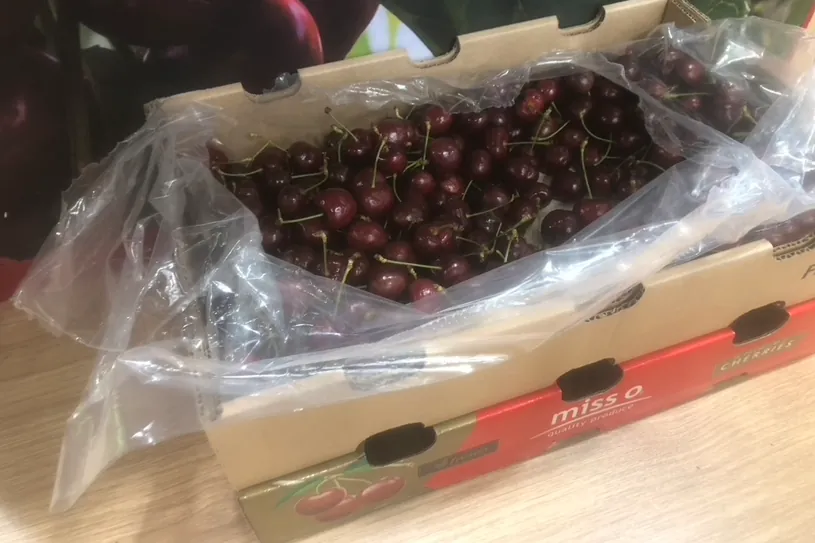 Fig. 6. Variety Meda™Bull in the Fruitlogistica, Berlin, with 100% of its pedicels green
Fig. 6. Variety Meda™Bull in the Fruitlogistica, Berlin, with 100% of its pedicels green
Situation in Chile
Meda™ varieties were selected with a minimum of 35 to 40 days post-harvest before shipping to China, Chile's target market, the country for which they were initially selected. This was to ensure their high-quality arrival in the Asian market.
This is the only breeding program that has used post-harvest as a selection filter. The objective was to select early varieties with good post-harvest performance, as only three varieties represent 80% of Chilean exports (Santina, Lapins, and Regina), and new varieties are needed, in this case with earlier harvests.
In the last three years, over 400 hectares of Meda® cherries have been planted in Chile, with Meda Rex (IVU 115®) being the most important due to its very early harvest date and high-quality fruit.
The Meda Rex variety has been very well received in the Chinese market due to its size, firmness, and high brix. It has been compared to a Kordia quality, but early. The problem, for now, is the low volumes that still prevent it from distinguishing itself from the large volumes arriving from other varieties such as Santina.
This should change when new hectares enter full production in the future.
We have signed agreements with the 12 main Chilean exporters, who have initiated planting programs with their growers, in some cases slower than expected, as this Meda Rex variety presented production problems at the beginning.
We have resolved these by creating a management manual for the variety, and we have now reached normal production levels.
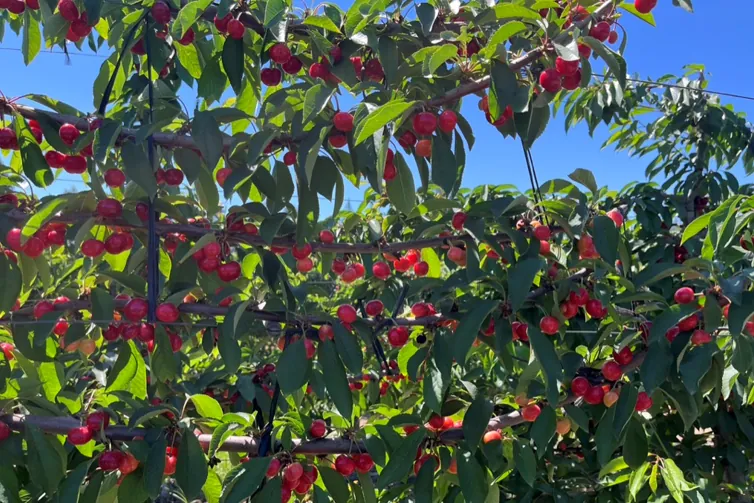 Fig. 7. Meda Rex variety in production in central axis and V system
Fig. 7. Meda Rex variety in production in central axis and V system
Plantations have been carried out using different training systems, the most common being central axis training and V-shaped training, both of which have yielded normal yields with recommended management (Fig. 7).
What is new in Chile are the Parrón or Pergola system. This Chilean development has also been very successful in the production of the Meda varieties (Fig. 8).
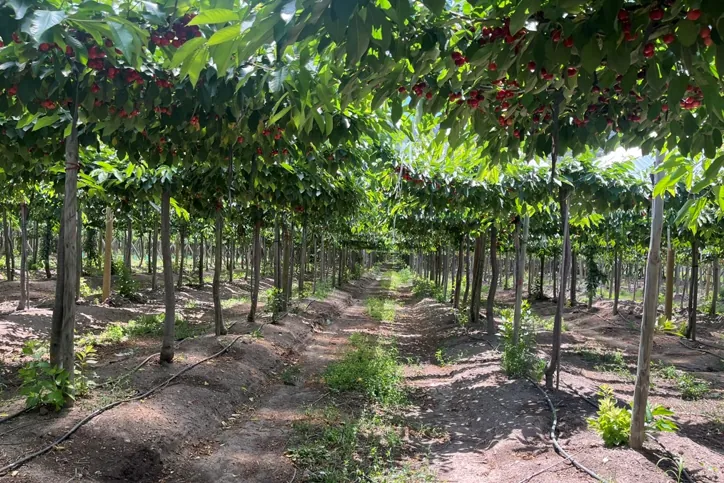 Fig. 8. Meda Rex variety in Pergola system
Fig. 8. Meda Rex variety in Pergola system
Other Meda varieties currently being planted are Meda Bull (IVU 104®), Meda Fox (IVU 548®), and Meda Taurus (IVU 533®).
All of these varieties have a common factor that has allowed them to reach their target market, China, with very good quality. We anticipate that these varieties will gain greater importance in the coming years due to the demand in these markets for high- quality fruit. (Fig. 9).
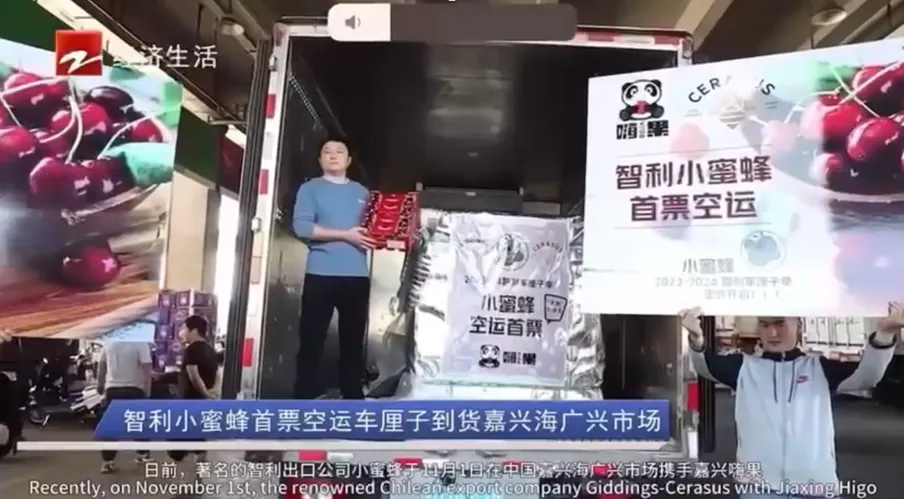 Fig. 9. High demand for Meda Rex variety in China
Fig. 9. High demand for Meda Rex variety in China
Alejandro Navarro Diaz
CEO International Varieties Unlimited LLC, Chile
Report presented at the VIP Varieties International Project of Macfrut 2025
Cherry Times - All rights reserved





















